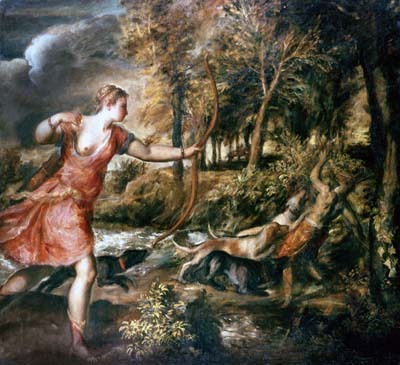I started this column five and a half years ago and have greatly enjoyed, not only writing it, but also reading the many letters which it has elicited from readers of all ages and aesthetic persuasions. I have been inundated with a fascinating multiplicity of footnotes and corrective addenda to my own undoubtedly imperfect interpretations of the various pictures selected for reproduction on this page. I have been sent messages of encouragement, as well as some bitingly eloquent expressions of outright disgust – on receiving which I have tried to remind myself that it is better to be read and disagreed with than never read at all. So to all of you who have written in over the years, thank you for your insights.
However, this particular imaginary museum is now closing, so this week’s “In the Picture” – number 279, if I have counted it right – is also the final one in the series. I have decided to end with a work by the same artist with whom I began, namely Titian. His Noli Me Tangere, painted when he was a young man, was the subject of my first column; and his Death of Actaeon, painted near the end of his life, is the subject of my last. This depiction of the mythological huntsman Actaeon, pursued to his death by the vengeful goddess Diana, can be seen in the National Gallery, in
Titian painted the picture for his most powerful patron, Philip II of


